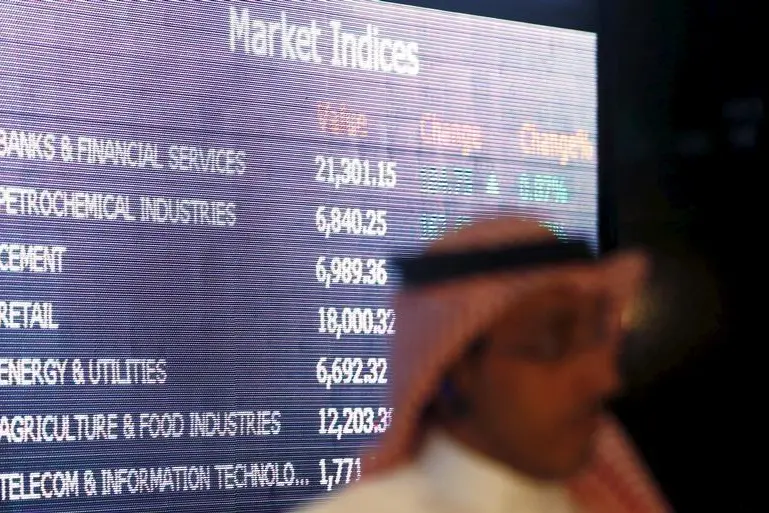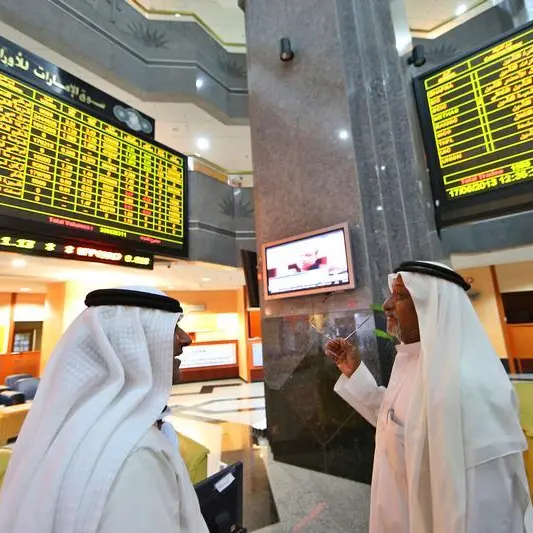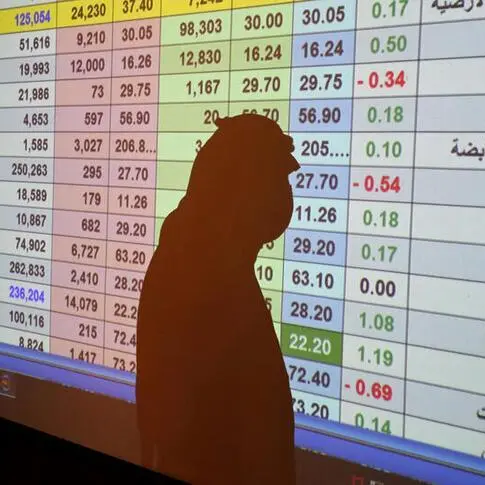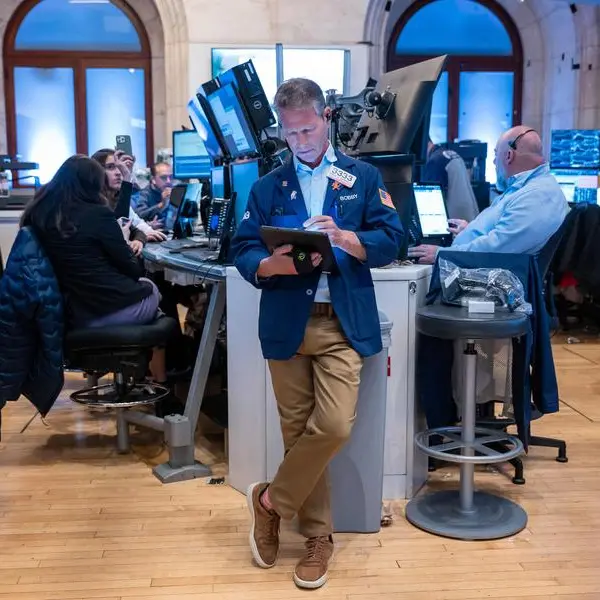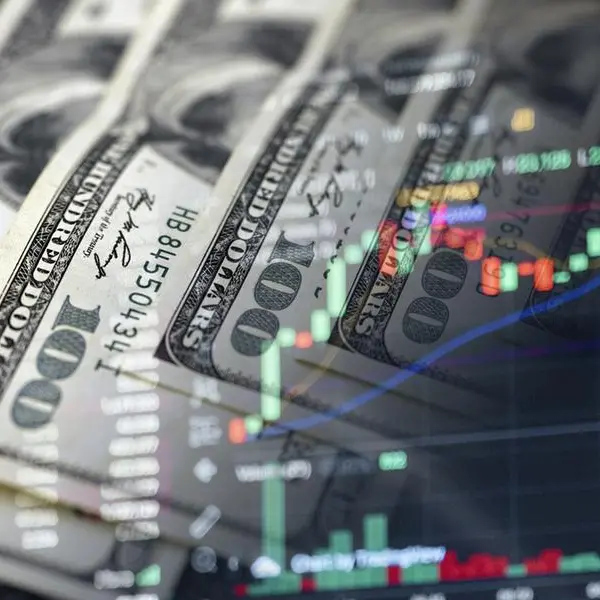PHOTO
The 15.1 percent gain made by the Tadawul All Share Index in the first half of 2018 meant that the market not only outperformed its regional peers, but was one of the top-performers globally.
“It’s one of the three best markets in the world in terms of performance in the first six months,” Mazen Al Sudairi, the head of research at Riyadh-based Al Rajhi Capital, told Zawya in a telephone interview.
Al-Sudairi attributed the gains to two main factors – the 19.3 percent increase in oil prices experienced over the first six months, and the twin boosts that exchange bosses received from index compilers FTSE Russell and MSCI – both of whom have announced that they will upgrade Tadawul to emerging market status next year.
The MSCI upgrade will certainly have a big impact on the volume of money that will find its way into Saudi equities (a report by Kuwait Asset Management Company earlier this month stated that analysts’ consensus estimates predicted active and passive inflows into Saudi equities of $40 billion), but the debate currently underway is the impact that it will have on pricing.
Al-Sudairi, for instance, said that he does not expect to see steep gains occurring in the second half of the year, believing that much of the speculation is already priced in. Having said that, he does not expect any price correction, either.
“I believe there is going to be some capital gain (but) I can say that the level and size of appreciation will be limited,” he said.
“Keep in mind that the valuation of companies has changed,” he said, stating that dividend yields and earnings multiples for the likes of Saudi Basic Industries and Saudi Telecom Company were now closer to global peers in the petrochemicals and telecoms sectors after previously trading at discounts because trading in them had previously been less liquid than in peers in other countries.
Mohamed Al-Hajj, vice-president and head of MENA strategy at EFG Hermes, said that his firm expected total investment inflows of $30-45 billion into Saudi stocks, regardless of whether or not the Saudi Aramco IPO is delayed (a listing of the state-owned oil giant on Tadawul was initially scheduled for this year, but has been delayed).
“I think, typically, what you see from announcement (of an MSCI index upgrade) to implementation is where the market delivers its best returns. We saw that in the UAE, we saw that in Qatar in 2014 and we saw that in Pakistan in 2017,” Al-Hajj said.
“Saudi Arabia is likely to follow the same trend. We have a call that the Tadawul Index would reach 10,000 by mid-2019, which is probably a 20 percent upside from current levels, and that would be justified if we continued to see strong earnings growth from the Saudi banks because of higher interest rates, margin expansions and lower provisions,” he argued.
Husayn Shahrur, managing director of MENA Asset Management for NBK Capital, said that Saudi stocks would “unavoidably… start looking more expensive” given the gains that many companies have witnessed in their value so far this year.
“However, we need to keep in mind that for some important sectors in Saudi, namely petchem companies and banks, there will be reasonable earnings growth in 2018 to partially offset the rise in stock prices and keep valuations somewhat in check,” he said in an emailed response to questions from Zawya.
Unsurprisingly, given the increase in oil prices, many of the Saudi equities witnessing the biggest gains in value during the first six months of the year were in petrochemicals, with Petro Rabigh Refining & Petrochemicals leading the pack.
Two of the three main losers in terms of share price declines were insurance companies – Saudi Enaya Cooperative Insurance, and Wafa Insurance. Vijay Valecha, chief markets analyst at Dubai-based Century Financial Brokers, explained that the Saudi insurance sector “is highly fragmented, with 35 companies competing for a share of the pie”.
“The high fragmentation has prevented companies from achieving economies of scale and they are being forced to compete on prices,” he said in an emailed response to questions from Zawya, adding that the tough trading environment had been compounded in the early part of this year by a wave of departures from expatriate families leaving the country – figures released by Saudi Arabia’s General Authority for Statistics earlier this month reported that more than 234,000 expat workers left the country in the first three months of 2018.
“The plunge in net profits of major insurance companies have contributed to underperformance of their share prices,” Valecha said. “Weak financial performance of the largest companies - Tawuniya, MedGulf stand testimony to the weak macro-scenario of the sector.”
Gainers
1. PETRO RABIGH 72.45%
2. SAUDI RESEARCH & MARKETING 65.82%
3. NAMA CHEMICALS COMPANY 60.80%
Losers
3. SAUDI ENAYA COOPERATIVE FOR INSURANCE -34.68%
2. SAUDI INDIAN COMPANY FOR INSURANCE (WAFA) -44. 81%
1. ATHEEB TELECOM -45.26%
Click through the links below to read how other GCC markets.
(Reporting by Michael Fahy; Editing by Shane McGinley)
(michael.fahy@thomsonreuters.com)
Our Standards: The Thomson Reuters Trust Principles
Disclaimer: This article is provided for informational purposes only. The content does not provide tax, legal or investment advice or opinion regarding the suitability, value or profitability of any particular security, portfolio or investment strategy. Read our full disclaimer policy here.
© ZAWYA 2018
